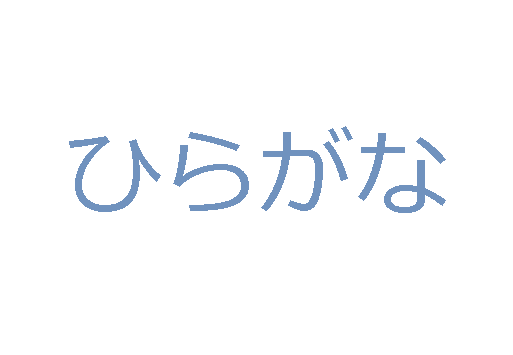
The easiest way to recap your hiragana chart. Free download.
Hiragana is a Japanese syllabary, part of the Japanese writing system together with katakana and kanji. Hiragana symbols are phonetic symbols, and they are written representations of pronunciations. The word hiragana means “ordinary (cursive) kana.” Kana symbols (hiragana and katakana) primarily represent syllables, and the kana systems are therefore syllabaries rather than alphabets. The hiragana symbols are simplifications of Chinese characters.
Hiragana is used for (variable endings) changing parts of the verbs, adjectives, and adverbs, as well as for particles, different words where kanji are not appropriate and furigana (phonetic writing over the kanji). There are 46 basic symbols in hiragana, and they are simple to write and have fixed pronunciation.
Together with Katakana, it evolved around the end of the eighth century. In those early days, hiragana was used mainly by women, while men preferred to use the more angular katakana. However, these associations have long since disappeared.
At first, hiragana was not accepted by everyone. The educated or elites preferred to use only the kanji system. Women preferred to use the cursive script form of the kanji, and therefore hiragana first gained popularity among court women and was widely employed in the writing of personal communications and literature. From this comes the name of “onnade” or “women’s writing.” For example, “The Tale of Genji,” “The Pillow-Book,” and other early novels by female authors used mostly or only hiragana.
When studying hiragana, it is important to learn from the beginning the correct pronunciation sound for each syllable. As well, the best way to remember is to practice by hand, using a math notebook and a pencil.
